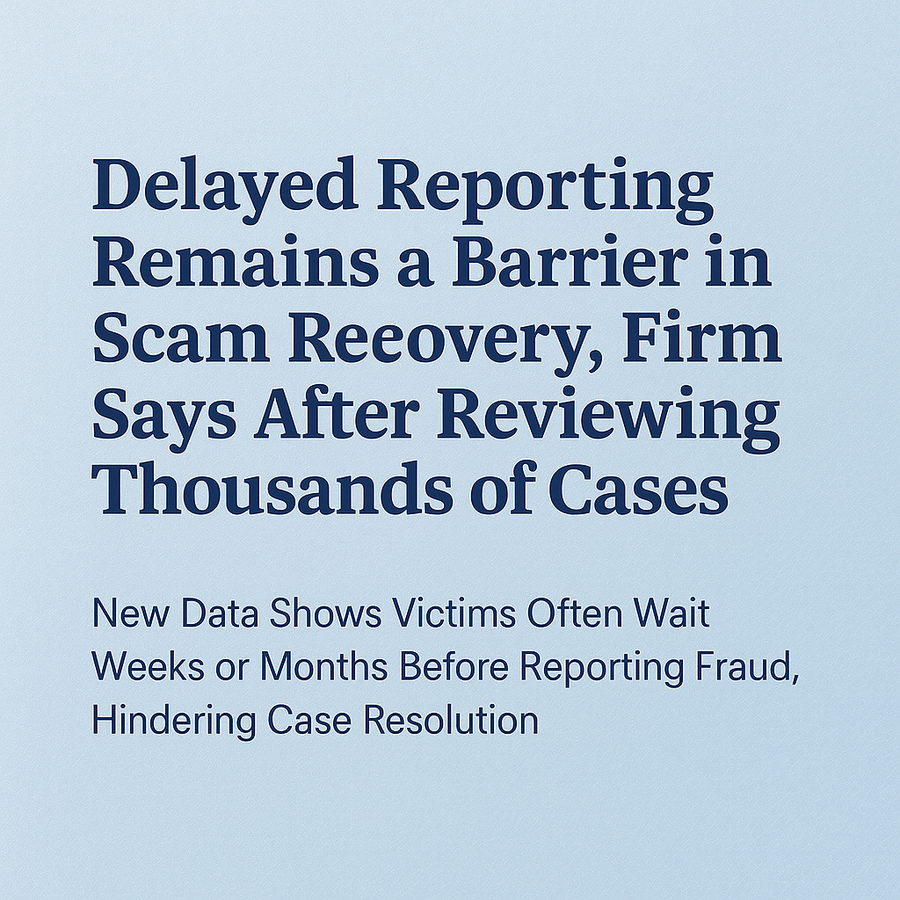For the 23rd year, Baird Advisors held its Institutional Investors Conference in Kohler, Wis.
KOHLER, WI, September 26, 2023 /24-7PressRelease/ — For the 23RD year, Baird Advisors held its Institutional Investors Conference in Kohler, Wis.
The institutional clients, consultants and advisors in the audience first heard from William Dudley, President and CEO for the Federal Reserve Bank of New York and Vice Chairman of the FOMC from 2009 to 2018 who discussed where the economy is now, how we got here and where the economy is likely to go. Next Manpower CEO Jonas Prising addressed the trends shaping the world of work and participated in a discussion with Baird Advisors Co-CIO Mary Ellen Stanek about a variety of topics including his leadership of Manpower and the outlook for AI and productivity growth.
Baird Advisors co-CIO Warren Pierson then delivered the firm’s annual outlook. Coming off a 2022 that he called “pretty much the worst bond market ever,” Pierson had better news for the audience: “Bonds are back, baby!” Having endured an aggressive course of treatment by U.S. monetary policymakers that saw short-term interest climb from zero to 5.25% in about 360 trading days—the largest and most rapid increase in recent history—bond investors, he said, are beginning to benefit from the Fed’s bitter medicine. The economy is growing measuredly and, with inflation softening, real yields are in positive territory for the first time since late 2019.
Following are highlights of Pierson’s remarks:
Relearning to listen to the Fed
A vital game of macroeconomic tug of war has been playing out in 2023 between a remarkably resilient U.S. economy and a Federal Reserve that is equally resolute in its effort to rein in inflation after it got out of hand last year.
For interest rates, the tug of war pits downward forces—declines in headline inflation, recessionary signals (most conspicuously a yield curve that’s been inverted for 14 months and counting), tightening lending conditions, and secular investor demand for fixed-income assets—against the upward forces of solid economic growth and a tight labor market.
Similarly, corporate credit spreads are being pulled in opposite directions. Recession risks and tighter lending conditions are exerting a widening force, even as solid borrower fundamentals and persistent investor demand for extra yield keep spreads in check.
As the tug of war plays out, most market participants have finally quit pining for an early Fed “pivot” (to lower short-term rates) and remembered how to listen to the Fed. The central bank’s mantra that it is disinclined to ease until above-target inflation is clearly eradicated is finally sinking in with investors who had been questioning its commitment to the fight and taking any sign of softening in economic data as a harbinger of the pivot and an excuse to pile back into risk assets.
It’s still the right question to ask about a pivot. The Fed does appear at or close to finishing up its rate increases, so it’s logical to ask how long it will hold them there. But the parlor game of guessing what Fed Chairman Jerome Powell is thinking privately has given way to listening to what he is saying publicly. A chart showing the market’s expectations for short term rates gradually coming into line with the Fed’s own projections over the course of the last year is the clearest indication that investors finally realize that this is Powell’s world and they are just living in it.
These tensions are leading to greater uncertainty for investors and elevated volatility in Treasury yields. Among the uncertainties: Can the Fed avoid a recession and pull off a soft landing? Will it remain dogmatic about reaching its 2% inflation target or will something cause it to blink? And what about the potential for forces beyond the border to cause dislocations (specifically, Vlademir Putin’s humiliation in Ukraine, China’s slowing economic growth and the realignment of supply chains along regional axes after the pandemic laid bare the vulnerabilities of the global system)?
A bright economic picture with a few shadows
After a pandemic related slowdown that was much greater—but far shorter lived—than the Great Recession 15 years ago, the U.S. economy reopened and roared back to life in 2020/2021, resulting in the spike in inflation that crushed bonds last year.
But 2023 saw economic growth trend closer to its long-term trend of roughly 2% per year, a pace that implies moderate inflation. Slow labor force growth and onerous debt service at the Federal level will keep a lid on potential GDP growth over the long term, even as its potential inflationary impact causes near term heartburn.
Inflation has softened considerably from its late 2021 highs, but the headline CPI figure is still at 3.2% and the Fed’s preferred inflation barometer, personal consumption, is 1% higher than CPI. Meanwhile, the job market remains extremely tight (a condition that has not been lost on Fed policymakers or union wage negotiators).
Predictably, slowing growth is manifesting itself in most corners of the economy, but most sectors are coming off healthy levels:
U.S. consumers—especially the large numbers who took advantage of low mortgage rates to buy or refinance a house and are sitting on record amounts of home equity–are in reasonably good shape. Consumer debt is ticking up, however, and that uptick bears watching, especially now that households have largely burned through the pandemic stimulus cash they received and, for many families, student loan payments are resuming.
Notwithstanding a few high-profile bank closures, U.S. commercial banks are in good shape overall too. While deposits have fallen somewhat as depositors rotated to higher-yielding money markets, banks’ deposit base remains at near record levels and loan charge-offs, even in the beleaguered commercial real estate sector, remain comfortably below historical averages.
Investment grade companies have similarly healthy balance sheets, with robust top- and bottom-lines and plenty of cash on hand to service the low-cost debt they smartly issued when rates were much lower.
Similarly, between federal largesse during the pandemic and shrewdly borrowing at low rates, state and local governments are sitting on significant rainy day cash reserves (a national median of nearly 14% of expenditures, versus less than 8% five years ago) and, with a few notable exceptions, have funded their pension obligations responsibly.
One sector of the economy that is undeniably under stress is commercial real estate. With the work-from-home movement, vacancies are still uncomfortably high and the average coupon on floating rate commercial mortgage loans has skyrocketed from 2.78% at issuance to 7.54% at maturity.
The upshot for bonds
Investors are noticing the compelling opportunity set in fixed income. After $345 billion in outflows in 2022, investors reversed course and sunk $174 billion into fixed income funds year-to-date. But with echoes of the pandemic reverberating in the economy and contorting the yield curve in sometimes unexpected ways, it still pays to be active and selective.
In commercial real estate, for example, Baird believes selling by indiscriminate investors—a classic throwing-the-baby-out-with-the bathwater dynamic—is creating attractive buying opportunities in senior, highly-rated (AAA) securities with more than 30% credit enhancement and diversified pools of fixed-rate loans. Such securities are far removed from the floating-rate mortgages on single splashy office buildings that are getting headlines for defaults.
Similarly, even though banks are enjoying near record profits and holding near record deposit levels, bonds issued by investment-grade financial issuers have suffered from a few bad headlines and are trading 24 basis points wider than industrial company borrowers, which historically trade 10 points wider than financials.
And for investors who pay taxes, there are significant opportunities in municipal bonds. As noted previously, state and local borrowers are generally on solid fiscal ground, but taxable investors don’t even need to take a lot of credit risk (or duration risk, due to an unusual inversion in the muni yield curve) to generate significant tax-free income. For investors in the highest tax bracket, several of Baird’s municipal bond strategies are yielding more than 7.45% on a tax-adjusted basis.
The big picture
With generous yields outpacing equity dividends and making it easier for investors to overlook day-to-day price volatility in fixed income assets, bonds are back indeed. For listicle or Letterman fans, Baird recently published a list of ‘Ten Reasons to Like Bonds Now” including reason number 10 that bonds (may) beat stocks.
With nary a spoonful of sugar, bond investors swallowed their medicine like big boys and girls last year. Finally they’re enjoying the benefits.
About Baird
Putting clients first since 1919, Baird is an employee-owned, international wealth management, asset management, investment banking/capital markets, and private equity firm with offices in the United States, Europe and Asia. Baird has approximately 5,100 associates serving the needs of individual, corporate, institutional and municipal clients and more than $375 billion in client assets as of December 31, 2022. Committed to being a great workplace, Baird ranked No. 23 on the 2023 Fortune 100 Best Companies to Work For® list – its 20th consecutive year on the list. Baird is the marketing name of Baird Financial Group. Baird’s principal operating subsidiaries are Robert W. Baird & Co. Incorporated and Baird Trust Company in the United States and Robert W. Baird Group Ltd. in Europe. Baird also has an operating subsidiary in Asia supporting Baird’s investment banking and private equity operations. For more information, please visit Baird’s website at www.rwbaird.com.
# # #
Performance data represents past performance and does not guarantee future results. The investment return and principal value of the investment will fluctuate so that shares, when redeemed, may be worth more or less than their original cost. Current performance data may be lower or higher than the data quoted. For performance data to the most recent month end, contact Baird directly at 866-442-2473 or www.bairdassetmanagement.com/baird-funds
Some of the potential risks associated with fixed income investments include call risk, reinvestment risk, interest rate risk, credit risk, default risk, liquidity risk and inflation risk. Additionally, it is important that an investor is familiar with the inverse relationship between a bond’s price and its yield. Bond prices will fall as interest rates rise and vice versa.
—
For the original version of this press release, please visit 24-7PressRelease.com here




